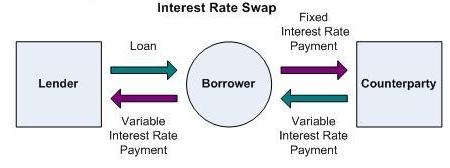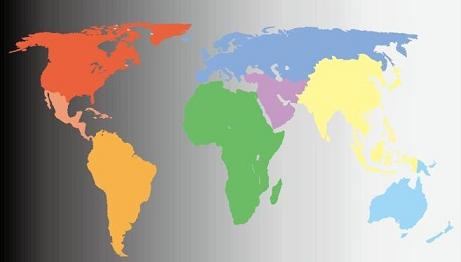Basis Rate Swaps
A fast developing area in the international swap markets is the basis rate swap. The structure of the basis rate swaps is the same as the straight interest rate swaps, with the exception that floating interest calculated on one basis is exchanged for floating interest calculated on a different basis. The forerunner of this type of swap was the US Dollar Prime Rate LIBOR swap. However, an even larger market has developed for the exchange of 1 month US Dollar LIBOR for 6 month US Dollar LIBOR and more recently US Dollar LIBOR for US Dollar commercial paper at much finer rates than those available on the foreign exchange market.… Read the rest


